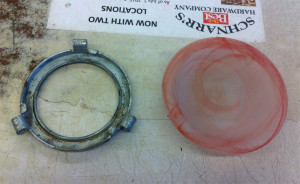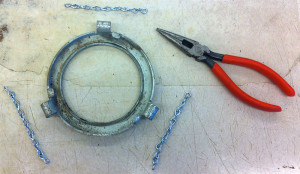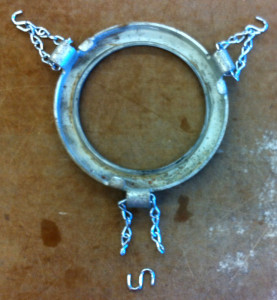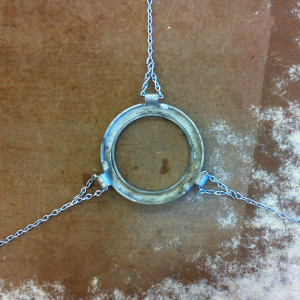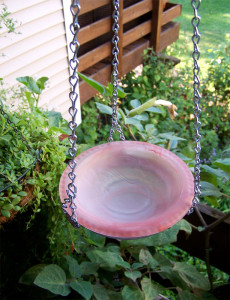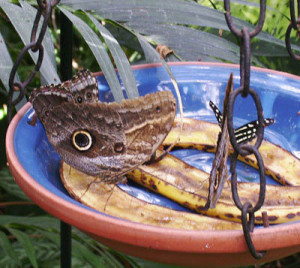Winter Care of an Outdoor Water Garden
Depending on what kind of water feature you have, there are some winter preparations you should have already made because we are well into the season for freezing temperatures. However, if you do what I do and keep your small water garden from freezing with a bird bath de-icer, there is not much winter preparation that is necessary. Winter maintenance may be a little different, however.
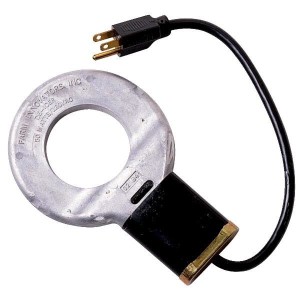
The de-icer I’m using does not keep the water at tropical temperatures, it just keeps it above freezing. I moved my live plants back inside in the fall because none of the ones I have would survive winter temperatures here. If you are warming the water in any way, you may see an increase in evaporation in the winter. Check your water feature frequently and top off with new water if needed.
My current water garden fish are native Missouri minnows so they don’t need warm water – they just need at least part of the surface to be ice-free so they can get enough oxygen. If the water temperature is below 50 degrees, refrain from feeding your fish because they can’t digest the food as well and the water may get polluted. Fish are more sluggish when it’s cold and may be more vulnerable to predators – raccoons and several species of herons live in my neighborhood for example. If you don’t have an area already where fish can hide from predators, you may want to add one. You could use driftwood, rocks, artificial plants, artificial floating rocks, planting pots or anything you have on hand that is aquarium safe to build an underwater shelter.
Keeping my water garden clean is very easy in the warm months – once a week I siphon debris off of the bottom with an aquarium gravel vacuum and change 20% of the water. As I do this I also rinse out the sponge filter. My water garden is small, only 30 gallons, so this is just as easy as maintaining an aquarium. Larger water gardens would need to be managed differently. In the cold months vacuuming the bottom is not a very pleasant job so I don’t do it as often. It’s probably not as necessary in winter with the fish eating less, but you should regularly clean the filter if you have one and if you run it in winter. Periodically sweep debris out if possible with a leaf skimmer or net. If birds like to drink and bathe in your water feature they can cause a water quality issue with their waste and by dropping food in it, as can decomposing leaves and plant parts that fall in.

